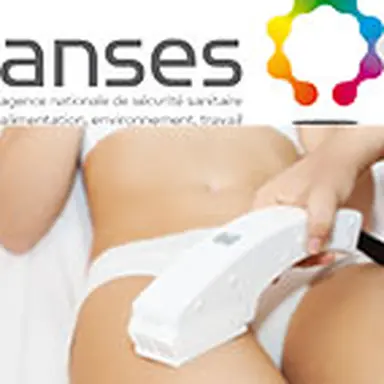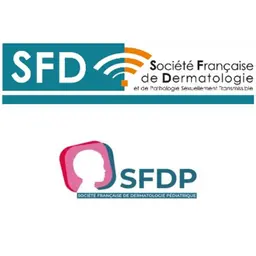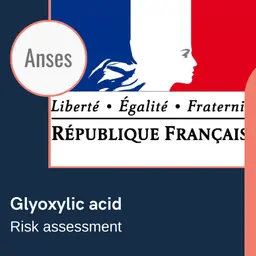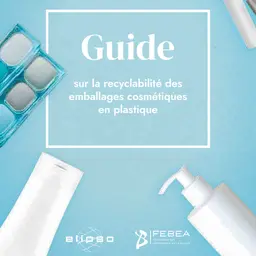
French ANSES published the conclusions of its expert appraisal on the health risks related to the use of devices intended for the performance of aesthetic procedures (hair removal and lipolysis). To limit the occurrence of adverse effects, the Agency recommends revising the regulatory framework for aesthetic devices, in particular applying requirements to them that are currently associated with medical devices.
French Agency for Food, Environmental and Occupational Health & Safety (ANSES) communiqué
Demand for aesthetic procedures is growing sharply, driven by the development of new devices using lasers, intense pulsed light, ultrasound, cryotherapy and radiofrequency. 'Permanent' hair removal and 'lipolysis' procedures are currently performed using devices intended for professionals, in medical practices or beauty salons. Moreover, hair removal using devices for home use, primarily with intense pulsed light, is growing strongly. All of the methods used can cause adverse effects, which range from mild inflammatory reactions to skin burns.
Given this increase in demand for aesthetic procedures and in the range of devices and technologies currently available on the market, special attention should be paid to the risks related to these practices. That said, aside from certain laser devices reserved for professional use, the placing on the market of aesthetic devices is not regulated with regard to their potential health effects.
Furthermore, the various operators who use professional aesthetic devices have statuses and levels of training that vary significantly. Some devices are readily available to private individuals, which raises the issue of the risks related to their use by private users, who are by definition untrained.
In this context, the Directorate General for Health, Directorate General for Labour, Directorate General for Risk Prevention, and Directorate General for Competition, Consumer Affairs and Fraud Control submitted a request to ANSES to conduct an expert appraisal on the assessment of the health risks related to the use of devices intended for the performance of aesthetic procedures.
Adverse effects: inflammatory reactions and skin burns
The Agency stresses that mild adverse effects are reported in all of the studies on the use of hair removal and lipolysis devices analysed in the framework of this expert appraisal.
Regarding hair removal devices, the most commonly reported adverse effects are immediate, localised, low-intensity and short-lived inflammatory reactions. Pigmentation disorders, which occur later, are observed less often. Moderate sensations of burning and pain during treatment, described by the experts as mild adverse effects, are also reported. More severe effects are observed after the inappropriate use of devices; these include deep skin burns and eye burns.
Regarding lipolysis, the most commonly reported adverse effects are severe inflammation and pain. Cases of transient hyper- or hypopigmentation, acne and scabs also occur, although less often, further to the use of diode lasers, cryolipolysis or mechanical massages. Cryolipolysis has immediate side effects, including erythema and inflammation with oedema and pain; these effects spontaneously subside within a few hours. The Agency also notes that the principles of operation and efficacy for some of these devices are not substantiated.
The Agency’s recommendations
In light of the results of the expert appraisal, the Agency stresses the need to take measures to limit the occurrence of the adverse effects observed. It recommends revising the entire regulatory framework for aesthetic devices and their use, with the aim of better protecting the health and safety of users, in both the professional and home environments.
The Agency recommends subjecting aesthetic devices, including those for home use, to the same requirements that apply to medical devices in order to ensure satisfactory levels of efficacy and safety. These would concern devices using optical radiation (lasers and IPL), non-focused ultrasound, cryotherapy and radiofrequency. This adaptation of the regulations could involve changing the definition of medical devices. This recommendation is consistent with the European work currently being undertaken to revise the regulatory framework for medical devices.
In addition, ANSES recommends providing mandatory prior information on the risk of adverse effects to people undergoing aesthetic procedures. ANSES also recommends studying the relevance of a measure on the non-use of such devices, in a professional context, on minors or before a set age.
Lastly, no assessments have been published on the potential long-term effects on the health of professionals performing these procedures or on the environment. ANSES therefore calls the attention of the public authorities to the issue of the safety of professionals performing aesthetic procedures, who can be exposed to physical agents as well as to fumes and other emissions.
Source
•
ANSES recommends revising the regulatory framework for aesthetic devices
, ANSES, March 20, 2017













